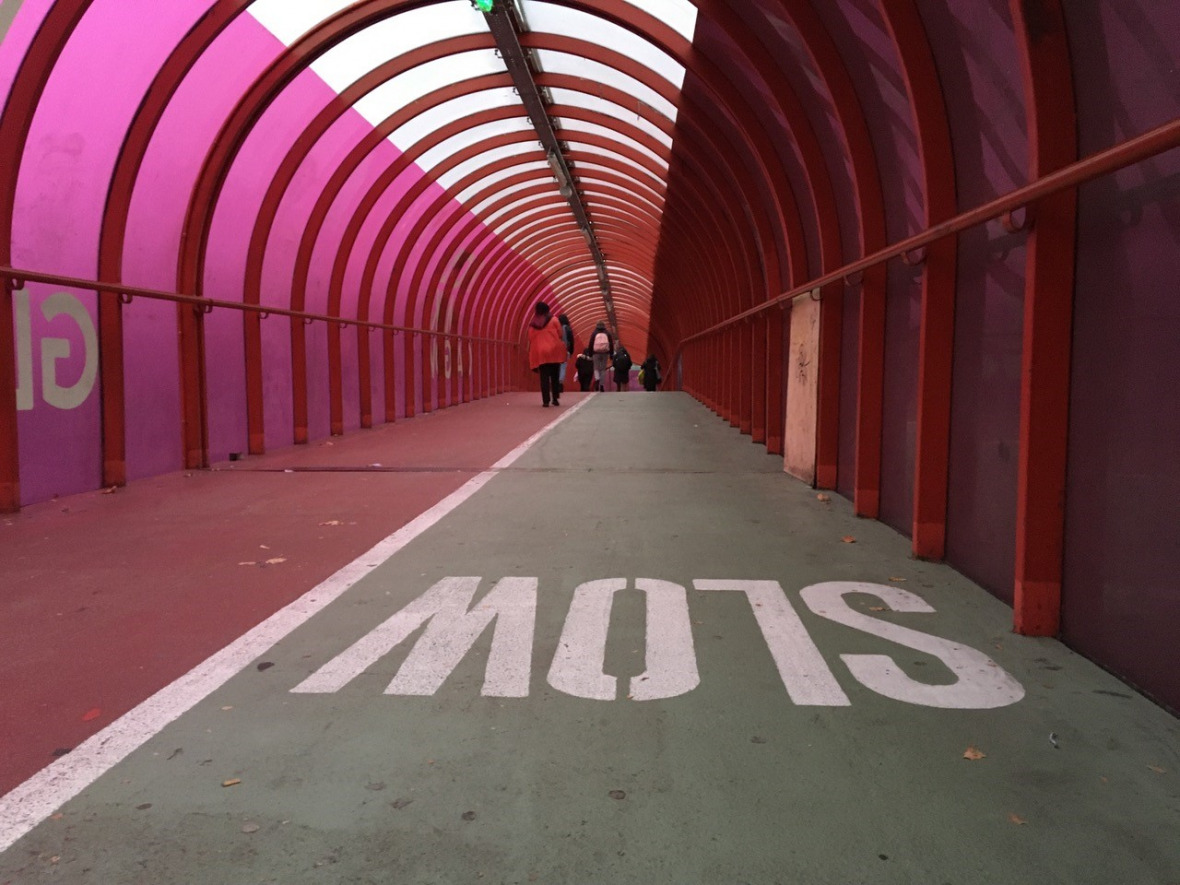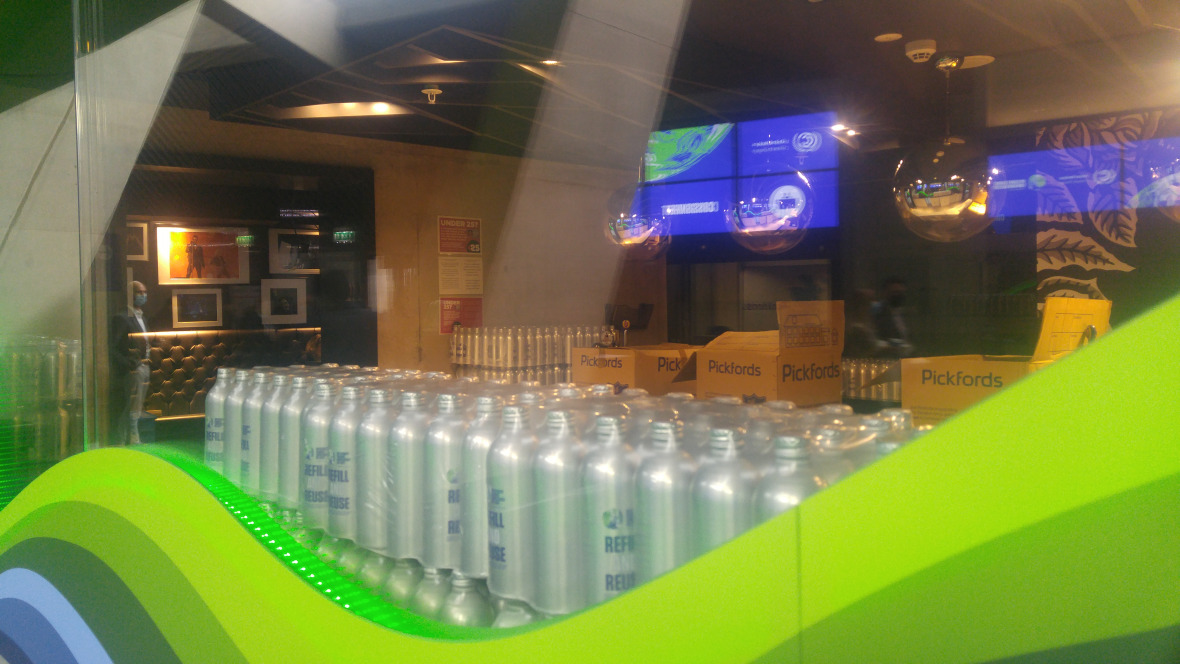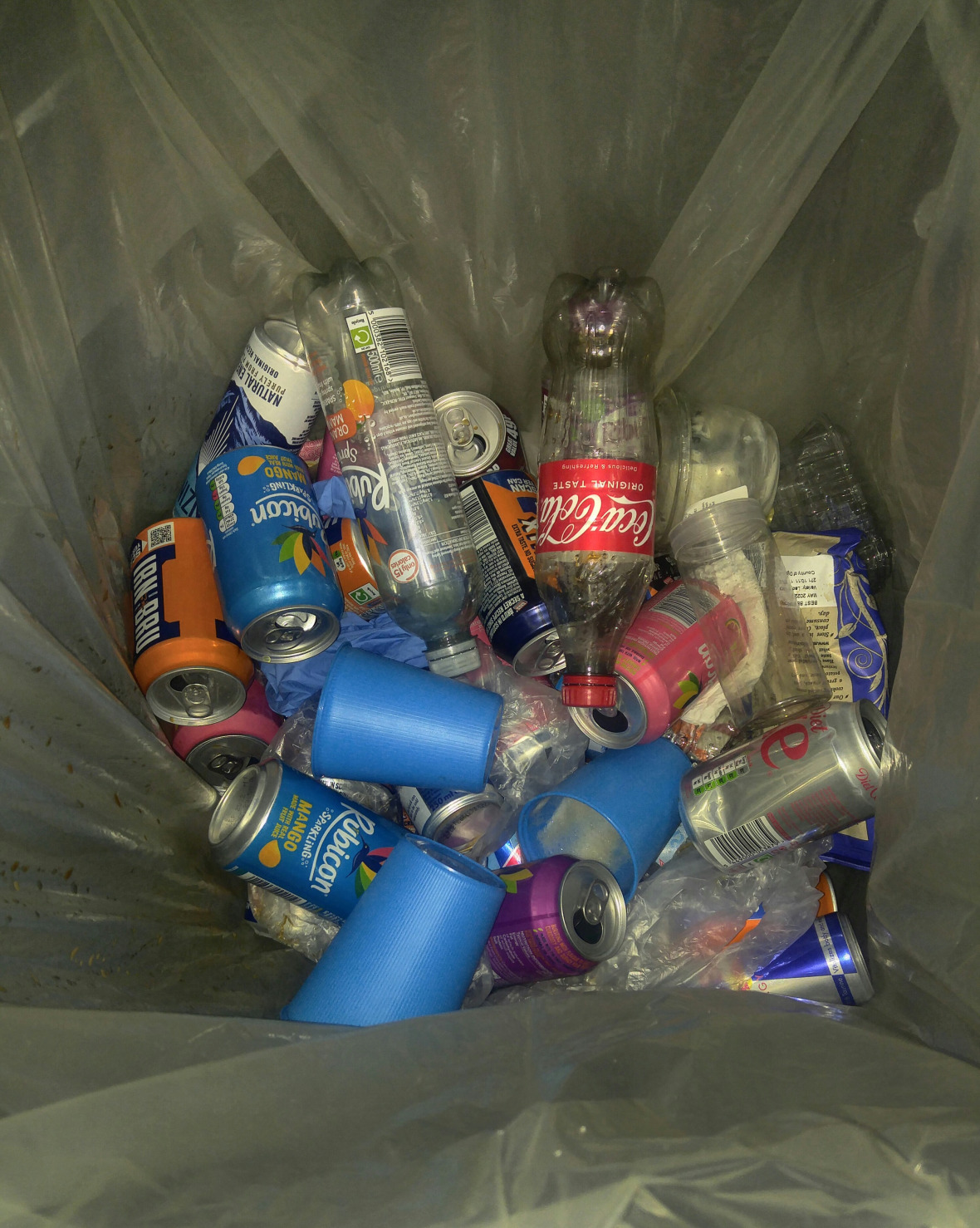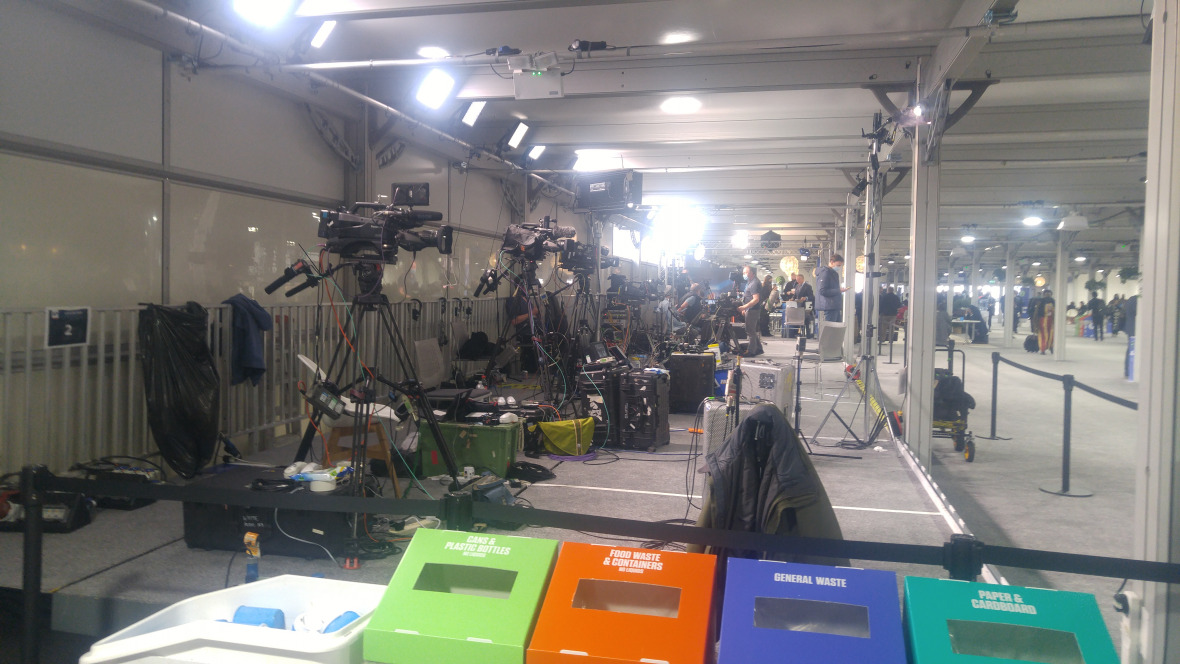Environmental Impact, Coalition of Hope, and the Coal Issue
18.11.2021
The UN Climate Change Conference (COP26) in Glasgow is an important meeting for all countries. Research conducted at the Institute for Advanced Sustainability Studies (IASS) tackles many of the issues addressed in the negotiations. Some of our researchers attended the Climate Conference in person or virtually. We share some of their observations here.
A coalition on which hope rests – Laima Eicke
COP26 saw real progress in terms of shifting public finance from fossil fuels to renewable energies. A coalition of countries pledged to end public finance for all fossil fuels, covering domestic and international investments. With this, the initiative goes beyond previous commitments made by the G7 states to end coal finance and addresses the problem that, despite the Paris Agreement and the promise to combat climate change, the G20 spent 2.5 times more on international fossil projects than on renewable energies in the past three years.
To be a real turning point, this coalition must grow. Since the initiative was launched, almost every day saw new countries joining. Hopefully this dynamic continues even after COP26 concludes.
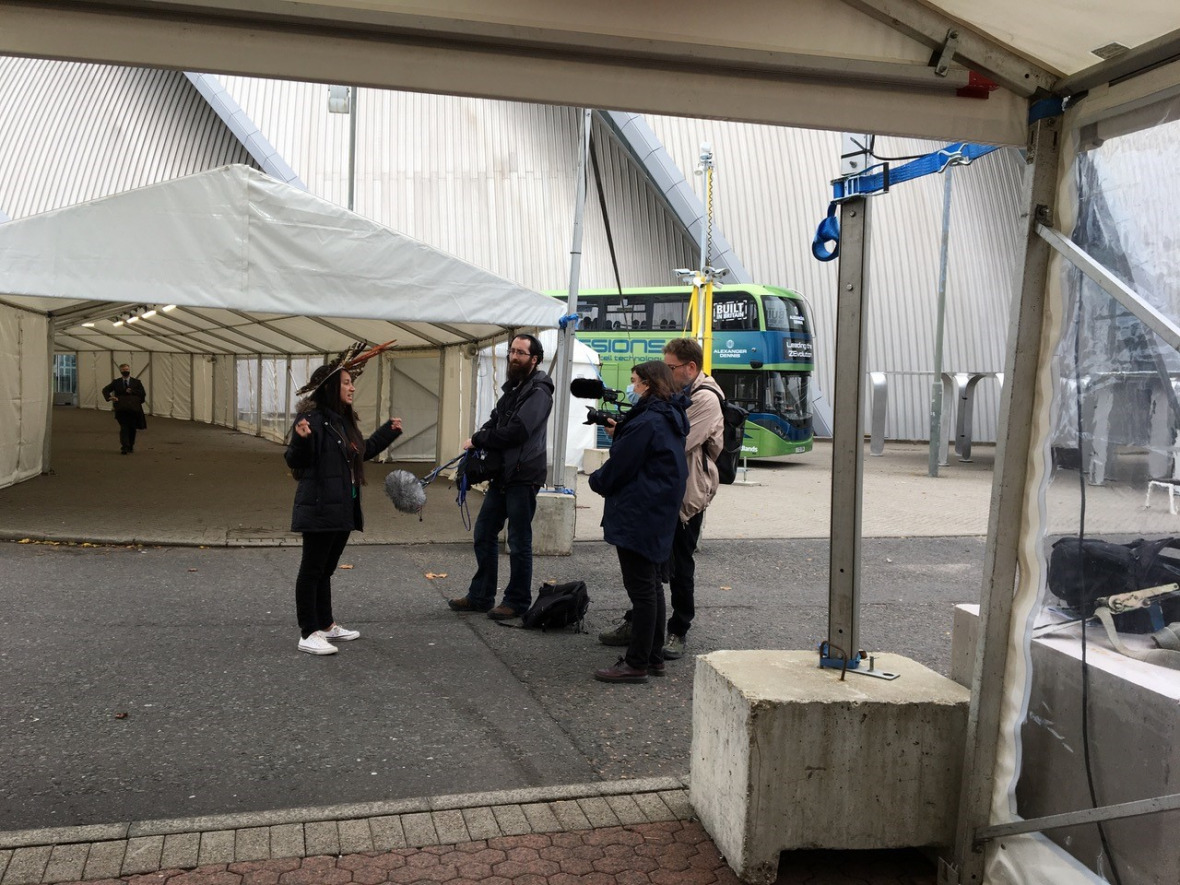
…regarding participation - Laima Eicke
COP26 in digital times – like many observers, who were unable to attend COP26 in person due to the ongoing COVID-19 pandemic, I only participated virtually this year. The hopes were high that this would facilitate even broader inclusion and participation, whilst saving travel emissions. Whilst participation of observers in the actual negotiation halls turned out to be highly limited on the ground, those dialling in digitally also encountered challenges, including breakdowns of streams and log-in problems, especially those based outside the UK. The Earth Negotiations Bulletin and the Twitter updates and personal notes shared by representatives of observer organizations went a long way to making up for these shortfalls.
But COP is much more than negotiations! Our side event on “Shifting Public Support and Policies – Towards a Clean and Just Energy Transition in the Global South” was much more accessible than it would have been in previous years, as it was broadcasted live on social media and can be watched on YouTube even later.
Digital networking platforms enabled us to get in touch with people working on similar topics but could not entirely replicate the experience of meeting on the ground.

Environmental impact of visiting COP26 – Stefanie Kunkel
Observers of COP26 this year may wonder if the conference was planned and conducted in an environmentally sustainable way. From what I could see, there is still plenty of room for improvement.
The COP26’s environmental footprint begins to grow, as usual, with the thousands of miles travelled by delegates, observers, volunteers and more. At the station, in airports or hotels in Glasgow, Covid test kits for seven days were distributed to visitors, along with copious amounts of packaging. With daily rapid tests performed by the participants (10.000?), COVID measures created enormous amounts of plastic waste.
Participants arriving at Glasgow Exhibition Centre were given a starter set with a face mask, disinfectant, water bottle and more goodies, all sponsored by a sanitizer company whose logo was printed on the kits and all around the venue. Many of the water bottles were still unclaimed when I arrived and I wondered what would happen to the starter kits and bottles that remained at the end of the COP.
Reusable coffee cups were available, but many were discarded in waste bins – it looked like each waste bin you passed contained at least three. There was a lot of fast food or other packaged food in single-use plastic or cardboard boxes.
In the evening, snacks for receptions were served on large plastic trays. The choice of snacks did not seem very sustainable either. Salmon, pork, wine, and small wraps ¬ there was nothing to suggest that any care had been taken to source sustainable foods. It seemed that the evening receptions were all supplied by a single catering firm.
These observations are just a selection of what could be considered relevant for environmental protection at the COP. What could be done to make the COP more environmentally friendly? More stringent measures to avoid (intracontinental) flights would be necessary to reduce the environmental impact of travel. A single train ride from London to Glasgow cost roughly 125€. Reducing the cost of more sustainable travel choices could have been a way to increase the use of train rides.
Disclosing the environmental footprint of the conference to the participants and public would demonstrate an awareness of the problem. Offsetting these impacts would be even better. Sustainable food concepts, as proposed by NGO or associations, could be implemented at the next conference. Instead of using large plastic water dispersers, filtered tap water could be provided to participants.
Unnecessary merchandise material should be a clear no-no at climate conferences. For instance, I refused my starter kit and brought my own bottle to refill or used the reusable coffee cups to drink water. I believe people should show that sometimes fewer material goods (of any sort) are the right choice when it comes to fighting environmental problems. In my opinion, COP should have the aim of living up to the ideals of a 1.5-degree world with all (difficulties and opportunities) that come along with it.
Accessibility for all worldwide is an advantage - Laura Nagel
For us in the COBENEFITS project, two things were clear relatively early on: we want to actively participate in COP26. But we do not want to travel to Glasgow. The risk of infection is still too high, the conditions on site too unpredictable. So, we decided to organize our UNFCCC side event as a hybrid event: Some partners sat on the podium on site, while my project manager Sebastian Helgenberger and another speaker joined us live via screen.
Although the technical framework conditions were still a little unclear until "just before" (a certain spontaneity is always part of COP planning), everything worked out well. Another positive effect of the "speed-digitized" COP26: unlike in other years, the side events are even available to the public on YouTube.
To the recording: COP26 side event 'Raising the bar for climate action: New insights on how co-benefits can fuel NDC ambition':
Media
COP26 side event 'Raising the bar for climate action"
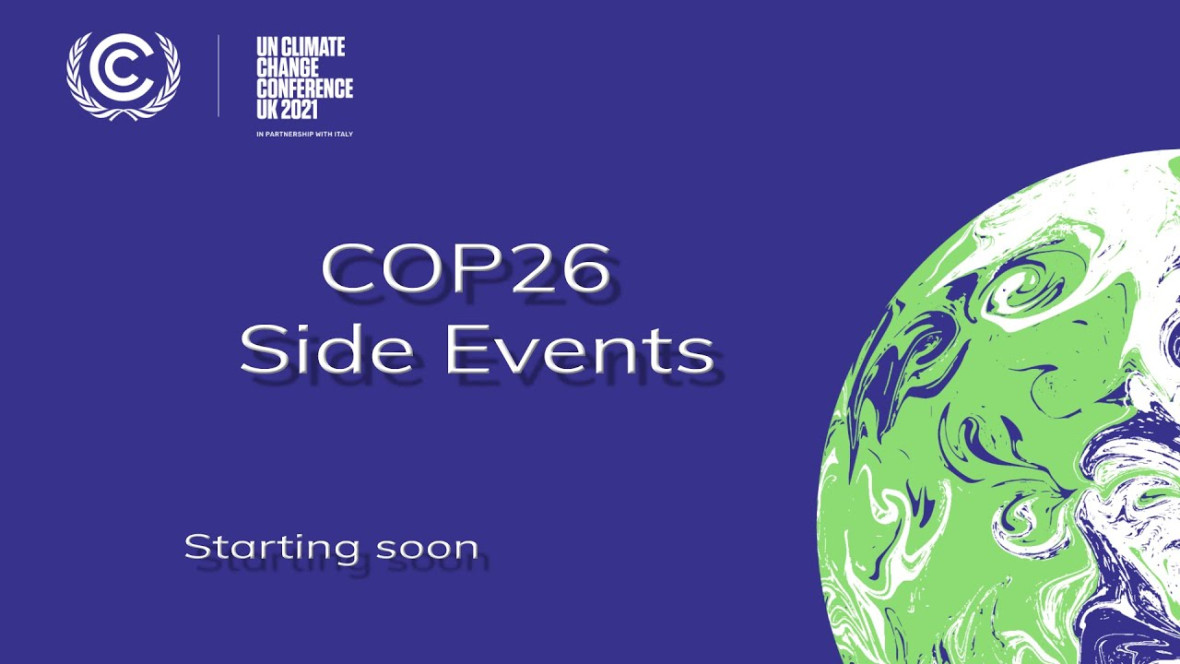
An important course for global climate policy - Andreas Goldthau
Alok Sharma, the chair of the just concluded COP26 climate conference in Glasgow, summed up the outcome succinctly: The 1.5-degree target was kept alive. Over two weeks, some 30,000 delegates from almost 200 countries had negotiated. In the end, the 'Glasgow Climate Pact' was reached ¬not a perfect agreement, but one that sets an important course for global climate policy.
Firstly, through their voluntary commitments, states have moved their planned emissions closer to the target of the Paris Agreement of 2015. Instead of a path towards 2.7 degrees - the situation even before CO26 ¬ global warming is now moving more towards plus 2.4 degrees compared to the pre-industrial era. That is still far from the 'well below two degrees' that Paris has set as a target. And only if all countries implement what they have promised. However, there is reason for optimism regarding a second innovation: from now on, states will revise their national climate plans and emission targets annually, instead of only every five years. Already in Egypt, at the COP27, ambition targets can be raised further worldwide. To this end, the so-called rulebook was adopted, which translates the Paris Agreement into comprehensible and transparent processes and supplemented by a component that is now to enable global trading in CO2 emission reductions. This, too, is progress.
But most important, however, is the fact that in Glasgow, for the first time, the main culprit for global climate change was named: coal. Coal is not only the dirtiest energy source in terms of CO2 emissions. It is also still on the rise worldwide, despite all the efforts. Glasgow could initiate a rethink here. The International Energy Agency estimates that about 40 per cent of the world's operating coal-fired power plants will have to be shut down by 2030 to meet the 1.5-degree target. New ones may no longer be built. This is a very ambitious target in view of the enormous economic pent-up demand in the emerging countries. It is therefore even more remarkable that, in view of the unanimity principle, the necessity of reducing fossil energy sources found its way into the final declaration.
The coal issue, however, also reveals a clear rift that ran through COP26. Instead of focusing on the phase-out of coal, India and China insisted on a 'phase-down' of coal use. So, both countries claim for themselves ¬ and other non-industrialized countries ¬ the right to continue using coal. Their argument is that historical emissions, and thus climate change, were caused by the industrialized countries, but the costs of adaptation lie with the countries that have yet to industrialize. They accuse the rich countries of not doing enough to compensate for these costs.
